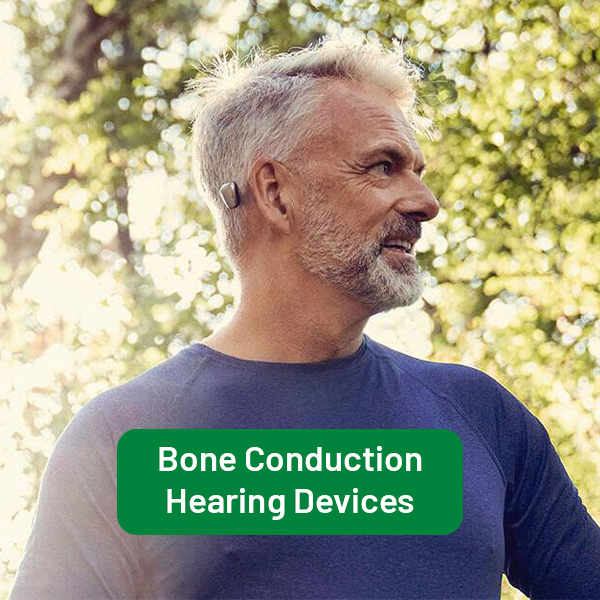
Project Details
About BCHD
Components: they consist of two main components, an internal component which will be beneath the skin in the bone and external sound processor which will be worn over the skin.
Here's how BCHD works
Implantation: BCHD consists of two main components: a small titanium implant and an external sound processor. The implant is surgically placed into the bone behind the ear during a minor outpatient procedure. Over time, the implant fuses with the bone in a process called osseointegration, providing a stable anchor for the external components.
Sound Transmission: The external sound processor captures sounds from the environment using a microphone. Instead of transmitting sound through the ear canal, the sound processor converts the acoustic signals into mechanical vibrations.
Bone Conduction: These vibrations are then transmitted through the skin and skull bone to the implanted titanium fixture. The implant vibrates in response to sound. This bypasses any obstructions in the outer or middle ear, allowing individuals with certain types of hearing loss to perceive sound more clearly.

Who Is It For?
- Have conductive hearing loss due to conditions such as chronic ear infections, congenital malformations, or middle ear surgery.
- Experience mixed hearing loss, which involves a combination of conductive and sensorineural hearing loss.
- Suffer from single-sided deafness, where one ear has little to no hearing function, while the other ear has normal or near-normal hearing.
- BCHD systems come in various models and configurations to suit different hearing needs and preferences. They are custom-fitted and tailored to each individual’s unique anatomy and hearing profile.
